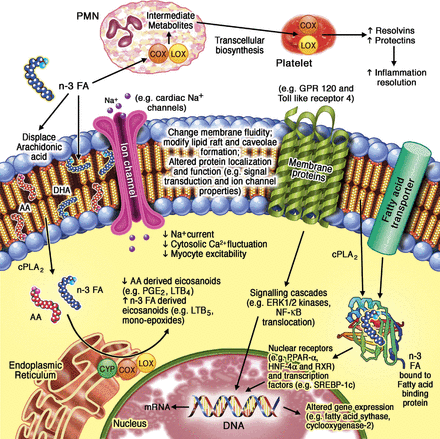What if I told you there was a way to modify how your genes are expressed using the environment which could decrease your risk for developing major diseases? It sounds too good to be true but changing just this one thing could make a huge difference.
In recent years, the field of nutrigenomics has emerged as scientists have made a connection between nutrition and genes. Nutrigenomics focuses on how your genetics affect your metabolic nutrient requirements, how diet and nutrient intake affect gene expression and metabolism, and common dietary chemicals that affect one’s propensity towards health or disease.
Most diseases, like heart disease, have many risk factors associated with them. Some of those risk factors are modifiable and others, like age, family history, and ethnicity are not modifiable. For the sake of being optimistic, let’s focus on some of the modifiable risk factors, including high blood pressure, high cholesterol levels, diabetes, and obesity. Some of the time, these risk factors can be improved through dietary interventions, however, there are cases where even these factors are not amenable to diet. What many people don’t know is that the food we eat can actually change how our genes are expressed.
The food that we eat contains macronutrients and micronutrients. Macronutrients are carbohydrates, protein, and fat that are in foods. These nutrients get broken down to fuel our bodies or serve as signaling molecules. Micronutrients, the vitamins and minerals that foods contain, also act as signaling molecules and make it possible for certain reactions in our bodies to occur. These signaling molecules perform many functions which include DNA replication, activation or repression of certain genes, and hormone signaling.
For example, omega-3 fatty acids, commonly found in fish, bind to specific receptors in the body and regulate various genes. The turning on or off of genes leads to a cascade of events throughout the body, causing a decrease in triglycerides (a type of fat in the blood) and inflammatory markers, increase in HDL cholesterol (the “good” kind), and increased insulin sensitivity, all of which help lower your risk for cardiovascular disease. Needless to say, the actual processes in our bodies are much more complicated, but this gives you a small taste.
Of course, eating one donut or cookie won’t hurt you. After a long, stressful day, it can even be healing for your soul. However, it is important that we pay attention to what we eat, not just because a poor diet is often a risk factor for disease, but also because common dietary components can alter our gene expression and gene structure, for better or for worse.
Peer edited by Brittany Shepherd
